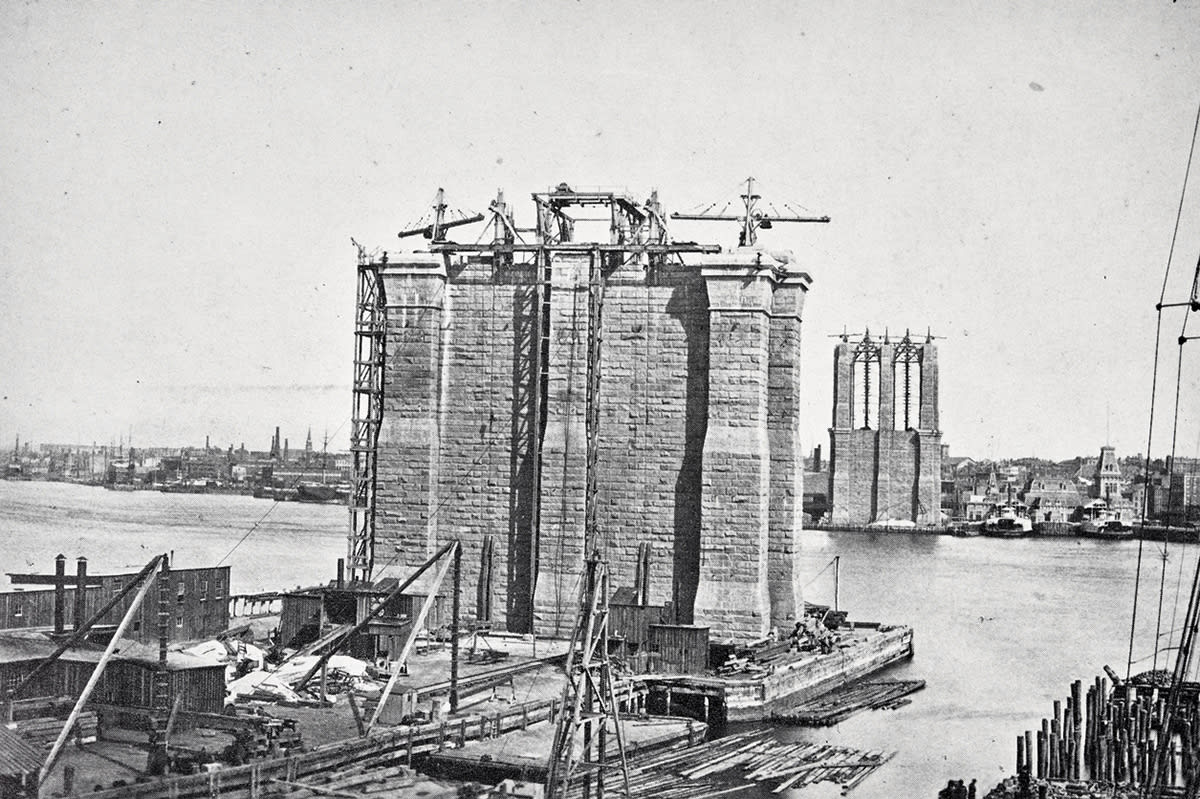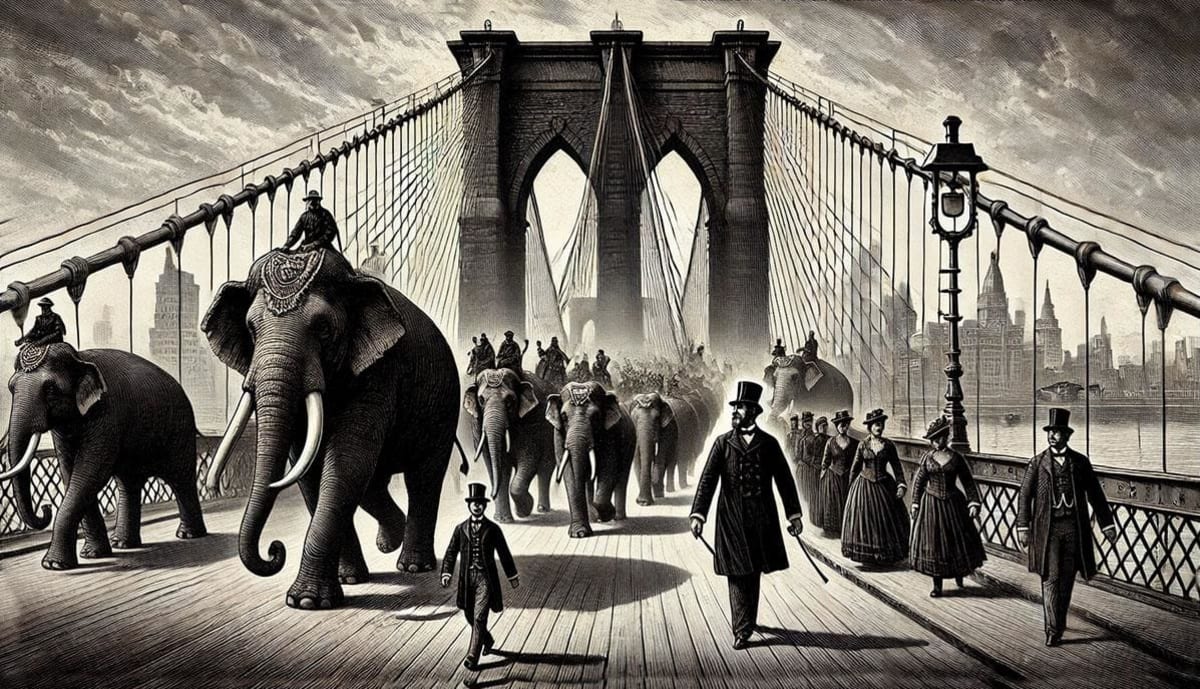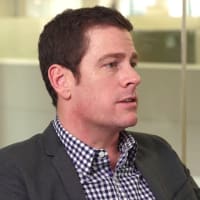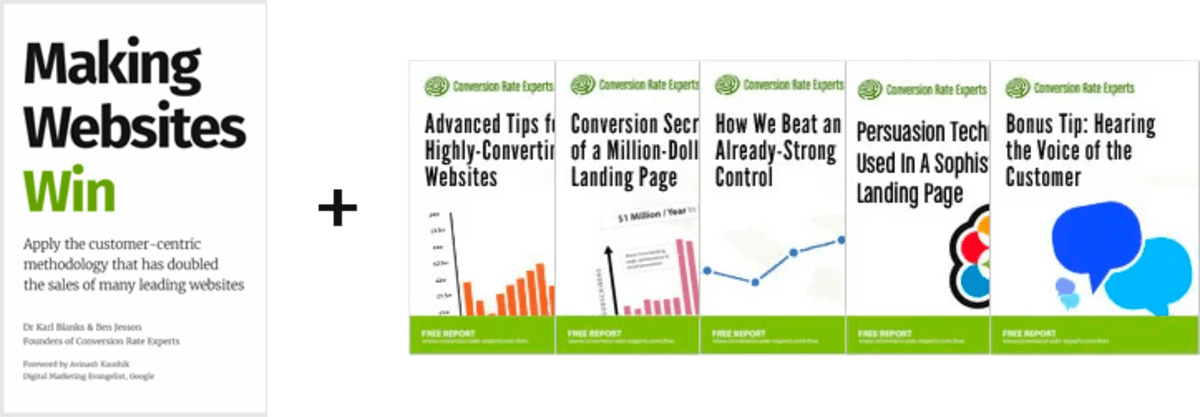The power of product demonstrations: What we can learn from elevators, elephants, and vacuum cleaners
(By the way, to get articles like this free in your inbox, subscribe to our newsletter.)

Done right, a theatrical demonstration can do more than dazzle. It can shift perceptions, generate buzz, and—most importantly—drive sales.
In this article, we’ll explore three dramatic product demonstrations and extract nine takeaways that can help you captivate and convert your own audience.
So buckle up, grab your life jacket, and get ready to make a mess. It’s time to put on a show.
Elevating your pitch to new heights
It’s a Saturday in July, 1853. You work in a New York warehouse, unloading crates using a freight elevator. The job is risky: the ropes snap often, and everyone knows not to ride the elevator. It’s for freight, not people.

On your one day off, you attend the Exhibition of the Industry of All Nations, a sort of World’s Fair held in what’s now Bryant Park. There, in the middle of the show floor, you spot a familiar sight: a freight elevator. It’s being hoisted high into the air, and—bizarrely—there’s a man standing on it.
As the crowd watches in horror, the man shouts for the rope to be cut.
The rope is sliced. The crowd gasps.
But instead of plunging to his death, the elevator stops safely and smoothly.
“All safe, gentlemen! All safe!” says the man, cool as you like.
That man was Elisha Otis, and he had just delivered the first “elevator pitch.” His dramatic display of the safety elevator proved a point that blueprints and brochures never could: that elevators were safe for human use. It paved the way for skyscrapers and changed the skyline of every major city—and the Otis Elevator Company is still the world’s largest manufacturer of vertical transportation systems.
Takeaway #1: Show, don’t tell—especially when tackling objections
The classic rule of copywriting—show, don’t tell—is an equally powerful call for demonstrations. But how do we start?
- Identify your customers’ top fears and objections from your support emails, survey responses, or online reviews.
- Choose one high-impact objection. Brainstorm a visual demo that tackles it head-on—e.g., a live unboxing, side-by-side test, or an extreme scenario that proves safety or durability.
- Document and share. Capture your proof in photos, videos, or live events. Then, test the demonstration with your website visitors, followers, and email subscribers.
Takeaway #2: Make the invisible visible
The hidden aspect of your product or service can make for persuasive content. (See also: Takeaway 8.)
- Pinpoint hidden benefits. List your product’s “invisible” aspects (e.g., safety features, backend processes, or specialized materials).
- Find a way to visualize them. Use animations, cross-sections, live demos, or transparent panels that literally reveal the inner workings.
- Highlight the ‘aha’ moment. Show the mechanism in action so customers realize, “Oh, that’s how it works—and why it’s better.”
Takeaway #3: Create drama with extreme use cases
Otis risked his life to great effect (or at least pretended to). How can you safely capture that kind of drama?
- Define the outer limit. Identify how far your product can go—think stress tests, highest capacity, or worst-case scenario.
- Stage a safe version of that limit. Ensure you’re not putting real people at risk, but do highlight the drama (e.g., freeze it, drop it, overload it).
- Capture before-and-after results. Show that your product endures or outperforms expectations, then present the evidence in a video. (The “Will It Blend?” campaign we mentioned in our ultimate guide to proof may be the canonical example of this.)
Building bridges of trust
Fast-forward to 1883. You’re crossing the newly opened Brooklyn Bridge with your family. It’s the longest suspension bridge in the world, but people are scared of it. Suspension bridges are new technology, and rumors of collapses are fresh in everyone’s minds.

Just days after opening, tragedy strikes. A woman trips at the Manhattan entrance. Another screams. Panic spreads. A stampede kills twelve people and injures many more. Confidence in the bridge is shattered.
Enter P.T. Barnum, the famed circus owner.
Barnum’s original request to use the bridge as a marketing opportunity had been denied, but now the civic elders were desperate to prove that the bridge was safe. Sensing another opportunity (and no doubt a civic duty), Barnum offered a way to restore the public’s trust. On May 17, 1884, at 9:30pm, he marched twenty-one elephants—including his star attraction, Jumbo—across the Brooklyn Bridge.

It’s absurd. It’s theatrical. And it works. The bridge holds. Public confidence is restored. And, of course, Barnum’s circus gets priceless publicity.
Takeaway #4: Your customers are more emotional than rational
It’s natural to avoid difficult topics, but if your customers fear something, it’s often more effective to speak to their fears directly.
- Identify emotional triggers. Survey or interview customers to uncover the deeper reasons they buy (fear of missing out, concern for safety, desire for status).
- Frame your demonstration with empathy. Rather than rattling off data, narrate a scenario that resonates emotionally. (“Imagine losing everything in a fire…” or “Picture your child feeling safe in…”).
- Reinforce with calm reassurance. Follow the initial emotional hook with a clear, visual solution—demonstrate how your product resolves that fear or desire.
Takeaway #5: Don’t correct a misconception with logic
As human beings, we are often surprisingly resistant to logical arguments that oppose an existing belief. So don’t just correct a misconception with logic—obliterate it with spectacle.
- Identify the misconception. Ask yourself, “What does my audience believe that just isn’t true?”
- Plan your reveal. Look for a surprising or entertaining way to prove the misconception wrong. (Elephants are optional.)
- Frame your demonstration in a way that resonates with your doubters. “A lot of people believe that [insert misconception] is true, so we’ve decided to…”
Takeaway #6: Partner to amplify the message
- List potential partners. Could a complementary company or service also benefit from your demonstration? (For example, we partner with PPC agencies to showcase the power of CRO and PPC to supercharge sales.)
- Propose a joint event or stunt. Focus on shared objectives—e.g., winning new customers, building trust, or driving traffic.
- Mutually amplify. Co-market via email lists, social media, or PR. Many products or services have natural partners, each of whom can benefit from collective attention and goodwill.
A vacuum cleaner that sucks
James Dyson grew frustrated with vacuums that lost suction. So he invented a new kind of vacuum with cyclone technology—no bag, no clogging. But in a market dominated by Hoover, he needed to do more than say his vacuum was better.
He had to demonstrate that it was. (Jump to 4:46 in this video to see him in action.)
At in-store demos and on live TV, Dyson made messes—piles of dirt, sand, and even cereal—and invited competitors’ vacuums to try first. When they failed, he calmly used the Dyson to suck up every last speck.
Then he’d empty the transparent bin in front of everyone—a theatrical mic-drop.
Dyson’s product didn’t just solve a problem—it solved it in a visible, oddly satisfying way. And that made it irresistible.
Takeaway #7: Don’t just compare specs
Can you create a side-by-side “bake-off” that makes your superiority obvious?
- Gather competitive benchmarks. Line up rival products, or at least highlight relevant “industry standard” metrics.
- Find a measurable test. Whether it’s suction power, battery life, or speed—making sure that it’s something customers truly care about.
- Show the real-world impact of your better approach. Create videos or live demonstrations—as Dyson did with piles of dirt—to let viewers experience the difference themselves.
Takeaway #8: Transparency builds trust
Dyson’s clear bin showed proof of his vacuum’s effectiveness, but he also gave viewers the reason why it worked so well—his iconic “cyclone” technology. Are there aspects of your product or service that are truly unique?
- Identify the hidden “reasons why” your product or service beats the competition. These might be technologies, insights, people, or processes.
- Pull back the curtain on how you work. Show off the “mechanisms” that underpin your results in articles, videos, or even a transparent product design.
- Create talking points for people who are already interested. Every sale is a blend of emotion and logic. Genuine “reasons why” help your customers justify the purchase… whether to themselves or others.
Takeaway #9: Turn your demonstration into a ritual
Watching a Dyson do its thing became part of the brand’s allure.
- Design a repeatable “moment.” Think of an action that can become symbolic (e.g., showing the dust collected in a clear bin, a safety latch clicking into place, a product unveiling with a signature flourish).
- Invite participation. Encourage customers to replicate or share their own version—user-generated demos can be powerful endorsements.
- Make it part of your brand story. Reference this ritual or demonstration in all your marketing channels: ads, landing pages, in-store experiences, etc.
Why you should put on a show
Conversion rate optimization is often seen as a science, but the best marketers also understand the power of putting on a show—just like Otis, Barnum, and Dyson. Here’s a more recent example from phone case maker, Mous.
So next time you want to move the needle on conversions, ask yourself:
- What’s the invisible benefit we can make visible?
- What’s the biggest fear or objection we can neutralize through action, not just words?
- What moment could we design that captures our product promise—and shows it in 60 seconds or less?
Remember, iconic demonstrations don’t just convince—they create an emotional connection. They turn skeptics into believers and prospects into customers.
Because the most powerful demonstrations aren’t just seen, they’re felt.
How much did you like this article?
What’s your goal today?
1. Hire us to grow your company
We’ve generated hundreds of millions for our clients, using our unique CRE Methodology™. To discover how we can help grow your business:
- Read our case studies, client success stories, and video testimonials.
- Learn about us, and our unique values, beliefs and quirks.
- Visit our “Services” page to see the process by which we assess whether we’re a good fit for each other.
- Schedule your FREE website strategy session with one of our renowned experts.
Schedule your FREE strategy session
2. Learn how to do conversion
Download a free copy of our Amazon #1 best-selling book, Making Websites Win, recommended by Google, Facebook, Microsoft, Moz, Econsultancy, and many more industry leaders. You’ll also be subscribed to our email newsletter and notified whenever we publish new articles or have something interesting to share.
Browse hundreds of articles, containing an amazing number of useful tools and techniques. Many readers tell us they have doubled their sales by following the advice in these articles.
Download a free copy of our best-selling book
3. Join our team
If you want to join our team—or discover why our team members love working with us—then see our “Careers” page.
4. Contact us
We help businesses worldwide, so get in touch!
© 2025 Conversion Rate Experts Limited. All rights reserved.















